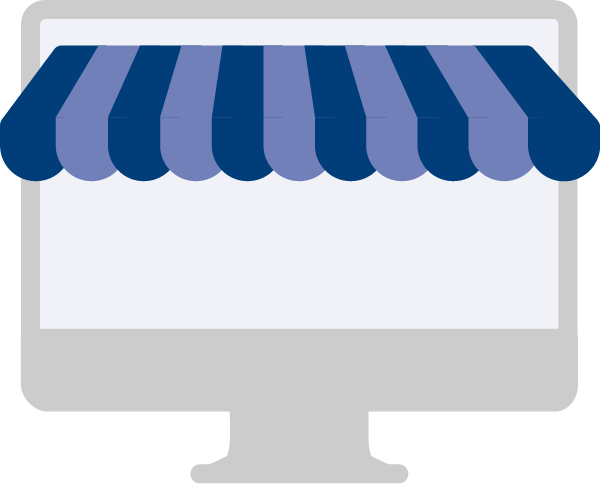Five Questions with Jeff Pielusko
Q:
What can retailers do to alleviate supply chain pain points in 2022?
A:
Supply chains have historically been an underinvested part of the business. The impact of COVID-related disruptions has refocused attention toward the supply chain, and retailers are looking for opportunities to make them more reliable and agile. Two objectives they can hit right away include:
- diversifying sourcing locations to minimize the risk of localized events impacting the ability to get product; and
- increasing capital investment in supply chain technologies that can help to anticipate and minimize risks, allowing the supply chain to be more flexible.


Q:
COVID has changed retail—How will this impact supply chain demands?
A:
Retail stores once served as the only place for consumers to shop and interact with brands, but the rise of e-commerce and the ease of returning merchandise put strain on supply chains, both up front and in terms of logistics shipping back to warehouses. To help reduce backlogs, some large-scale department stores have already started reducing their SKUs and shrinking selection of certain items. Many are also relying on e-commerce and in-store apps to help shoppers pick out products, then have them delivered directly to their homes, alleviating the retailer’s logistics load.
Q:
Do you see retailers continuing to prioritize e-commerce even with pandemic restrictions lifting?
A:
This is a long-term evolution. Even prior to COVID, retailers were in the process of shifting a larger percentage of their business through e-commerce channels, and the pandemic just accelerated that rate. Going forward, retail and e-commerce business will no longer be considered competitors, but complementary channels, although brick & mortar stores can still be a critical part of retailers achieving same-day delivery.

Companies that can integrate the two experiences seamlessly for customers will be well-positioned for the future.

Q:
Have we seen the worst of the supply chain disruptions?
A:
Current events in Europe indicate that we will continue to see supply chain and logistic challenges impacting both international and domestic freight costs and, as a result, costs throughout the supply chain. These challenges aren’t tied to any specific global event but are a result of:
- shipping container shortages;
- port congestion;
- labor shortages and increasing labor costs; and
- inventory shortages— all of which drive new costs and increase existing costs to the supply chain.
Many of these issues reflect a carry-over from the last 18 months when retailers reduced their buying as a result of economic shutdowns and abruptly declining consumer demand. Carriers and supply chain companies took capacity out of the market to make up for the reduced demand—and now that consumer demand is returning, ramping back up to pre-COVID levels will take time. Incidents like the current conflict in Ukraine will simply add a new complication to the equation, especially for certain categories that rely on supply from that part of the world.
Q:
What do you see as the future of retail, five years and beyond?
A:
Rising prices and rising interest rates will ultimately have an impact on consumers’ discretionary spending. Prices are rising as a result of higher consumer demand on the back of lower supply of goods. Consumer demand, in turn, has been rising due to increased household savings the past two years (including government benefits and higher home prices), plus low unemployment and rising wages.

It will be important for retailers to review pricing and recalibrate promotions.
The rising price environment has afforded retailers the ability to pass on costs; however, as inflation continues to pinch, consumers will become much more sensitive and resistant to higher prices.
